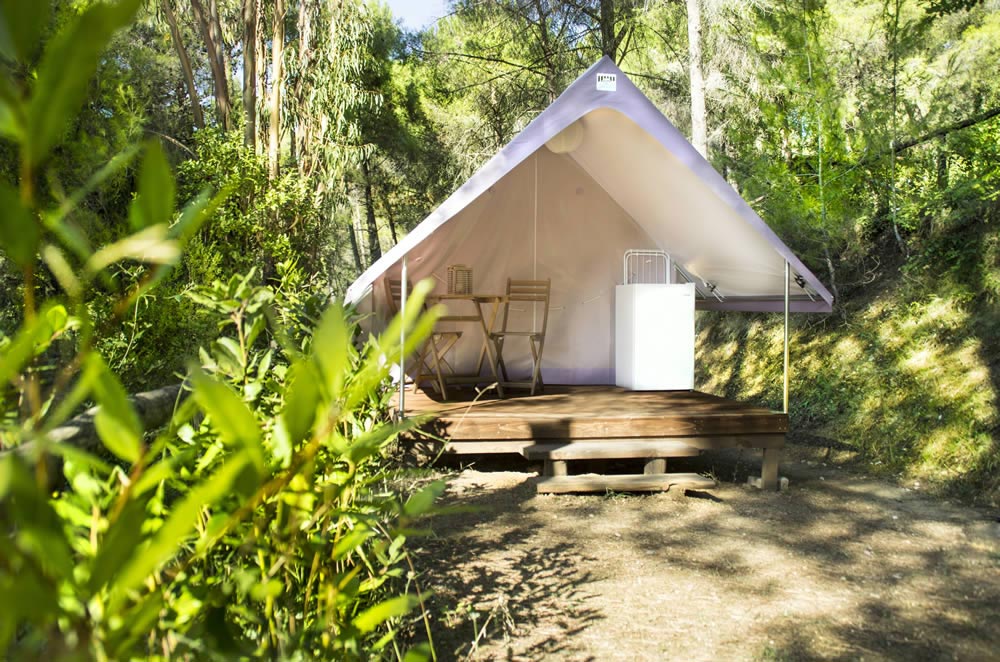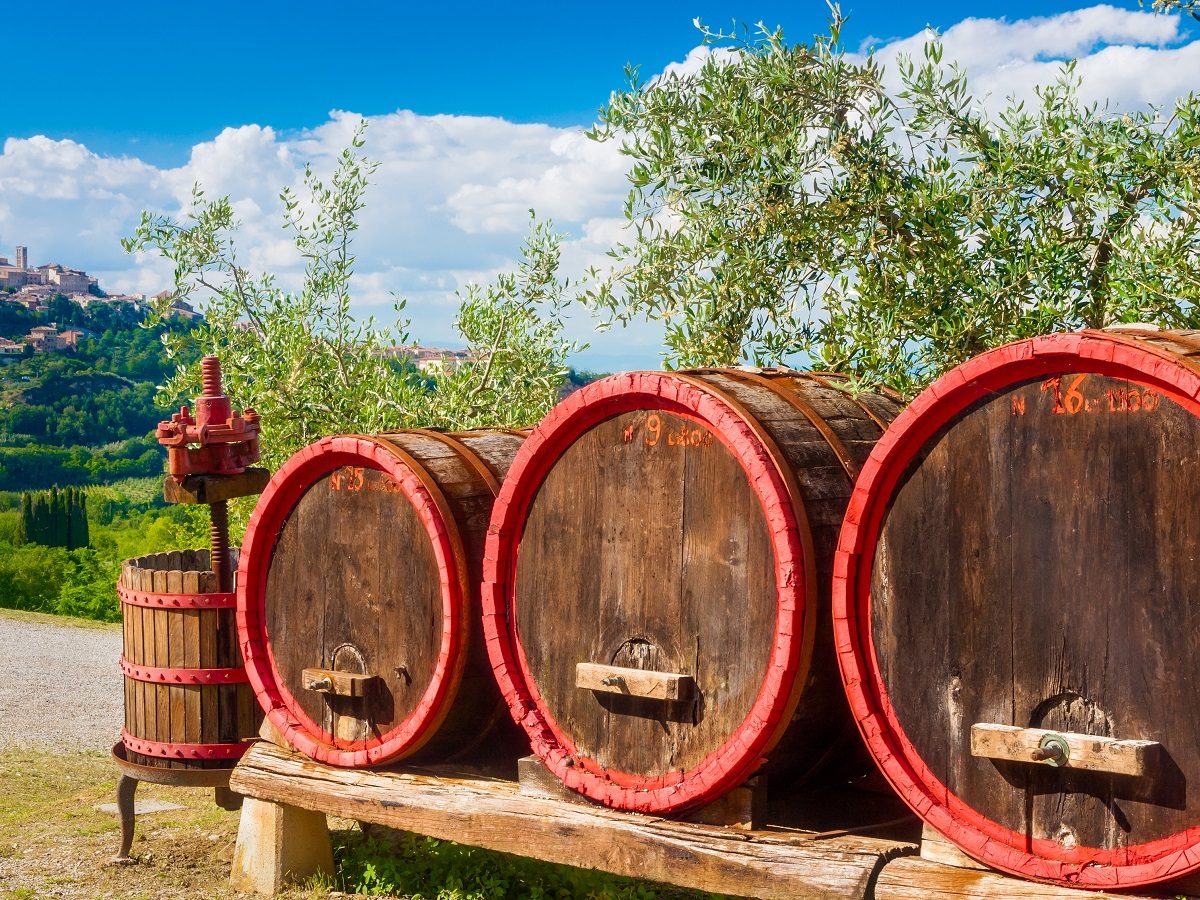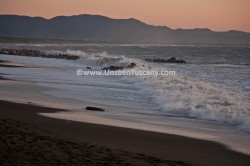 Situated behind Campiglia Marittima and the promontory of Piombino, it covers 450 hectares, and it contains unique examples of the mining and metallurgical cycle, from the Etruscan era to the present day. The routes for visiting encompass museums, mining tunnels, a Medieval village of miners and foundrymen founded around one thousand years ago (Rocca San Silvestro) and paths of historical, archaeological, geological and naturalistic interest.
Situated behind Campiglia Marittima and the promontory of Piombino, it covers 450 hectares, and it contains unique examples of the mining and metallurgical cycle, from the Etruscan era to the present day. The routes for visiting encompass museums, mining tunnels, a Medieval village of miners and foundrymen founded around one thousand years ago (Rocca San Silvestro) and paths of historical, archaeological, geological and naturalistic interest.
Temperino Museum. The museum provide the visitor with solid background information. It is located at the entrance to the park in the Temperino area, in a large building erected at the end of 20th century to produce energy for the mine.
Temperino Mine. The visit to the Temperino Mine starts at its Museum. The Mine Tunnel is an evocative 360 metre underground walk revealing excavations and other evidence of mining activities from Etruscan times as well as from the modern era. The nineteenth century Temperino mine contains archaeological and mineralogical evidence offering a complete picture of how techniques for the extraction of copper, lead and silver ores evolved.
Mining Machinery Museum. Housed in the service building of the Earle Shaft, the only surviving of the 5 mining shafts which were located in the area of the Campigliese at the beginning of the last century. This building housed the winch which, in the last stage of the life of the mines, transported the miners to a depth of up to 170 metres.
Mining Museum. Leaving the Mining Machinery Museum after a short walk, the visitor arrives a the entrance to the Lanzi – Temperino tunnel and the “Morteo”, or the metal “shed” used by the miners as a changing room and canteen.
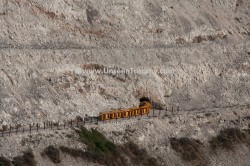 Lanzi – Temperino Tunnel. The direct Lanzi-Temperino Tunnel (ex Ortaccio) was started as mining prospecting in the second half of the 1800s. It was then completed by the Mining Company of Campiglia Marittima Spa in the 1960s as a haulage tunnel for the transport of minerals from the extraction shaft to the crushing and flotation installations of the Lanzi Valley. The minerals were transported on mine-cars along narrow-gauge tracks.
Lanzi – Temperino Tunnel. The direct Lanzi-Temperino Tunnel (ex Ortaccio) was started as mining prospecting in the second half of the 1800s. It was then completed by the Mining Company of Campiglia Marittima Spa in the 1960s as a haulage tunnel for the transport of minerals from the extraction shaft to the crushing and flotation installations of the Lanzi Valley. The minerals were transported on mine-cars along narrow-gauge tracks.
The same journey the minerals took in those days can be taken today by the visitors who, aboard the train running through the tunnel, can reach the Lanzi Valley and Rocca San Silvestro. Inside the tunnel, the working tools, the shapes and colours of the minerals and a picturesque stop in the grand central extraction room will take the visitors on a discovery of an extraordinary underground world.
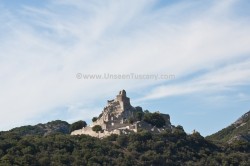 Rocca San Silvestro. Rocca San Silvestro, a medieval village of miners and smiths, was founded by village lords between the tenth and eleventh centuries in order to exploit the abundant local deposits of copper and silver-bearing lead ore. The metals were to be used for coin production (“zecche toscane”) principally in the mints of Lucca and Pisa.The village was abandoned during the course of the fourteenth century as a consequence of a variety of factors which were principally economic and connected with a change in the system of resource management.
Rocca San Silvestro. Rocca San Silvestro, a medieval village of miners and smiths, was founded by village lords between the tenth and eleventh centuries in order to exploit the abundant local deposits of copper and silver-bearing lead ore. The metals were to be used for coin production (“zecche toscane”) principally in the mints of Lucca and Pisa.The village was abandoned during the course of the fourteenth century as a consequence of a variety of factors which were principally economic and connected with a change in the system of resource management.
The visitor follows an itinerary designed to show the social and economic organisation, the eating habits, the building and metallurgical techniques of a medieval community. The access to the Rock is possible following a path suitable for taking preferably with trainers or walking boots.
Populonia
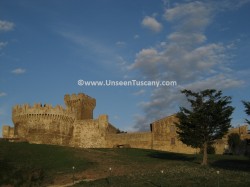 A small town of Populonia on the Tuscan seacoast is especially noteworthy for its Etruscan remains, including one of the main necropoleis in Italy. Modern Populonia is located within a small portion of the walled acropolis of a large ancient city, which covered the entire north end of Monte Massoncello, a promontory, its northern slopes down to the Bay of Baratti, and the shores of the bay, which was its port. The city was an industrial one, smelting copper ore brought from the Colline Metallifere, the “ore-bearing hills” inland, and iron ore from nearby Elba, in beehive blast furnaces. Over the thousand years of its life it came to cover the entire southern shore of the bay with slag, piling it over abandoned residences and cemeteries, until it lost its utility as a metals manufacturer. Now you can visit Baratti and Populonia Archeological Park which covers the hill with the acropolis and the entire Bay of Baratti and its shores.
A small town of Populonia on the Tuscan seacoast is especially noteworthy for its Etruscan remains, including one of the main necropoleis in Italy. Modern Populonia is located within a small portion of the walled acropolis of a large ancient city, which covered the entire north end of Monte Massoncello, a promontory, its northern slopes down to the Bay of Baratti, and the shores of the bay, which was its port. The city was an industrial one, smelting copper ore brought from the Colline Metallifere, the “ore-bearing hills” inland, and iron ore from nearby Elba, in beehive blast furnaces. Over the thousand years of its life it came to cover the entire southern shore of the bay with slag, piling it over abandoned residences and cemeteries, until it lost its utility as a metals manufacturer. Now you can visit Baratti and Populonia Archeological Park which covers the hill with the acropolis and the entire Bay of Baratti and its shores.
Baratti
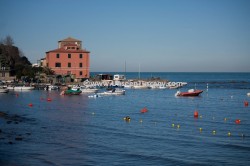 Just like the neighbour Populonia, Baratti has Etruscan origins, confirmed by various burial mounds found around the area and reflecting the colonization of this civilization. The main activity pursued here during the Etruscan period and then the Roman Empire was centered around the port of Populonia which mainly dealt with goods such as iron ore from the nearby Island of Elba and finished metal products found in the local area. The accumulation of iron debris covered the entire area of Baratti overlooking the sea, allowing rare archaeological insight into the area’s heritage.
Just like the neighbour Populonia, Baratti has Etruscan origins, confirmed by various burial mounds found around the area and reflecting the colonization of this civilization. The main activity pursued here during the Etruscan period and then the Roman Empire was centered around the port of Populonia which mainly dealt with goods such as iron ore from the nearby Island of Elba and finished metal products found in the local area. The accumulation of iron debris covered the entire area of Baratti overlooking the sea, allowing rare archaeological insight into the area’s heritage.
A small Baratti bay is very nice to visit. There’s a little tourist harbor on the far left end of the bay, which adds a further timeless atmosphere to this place Just behind the wonderful beach there’s a thick pine forest that every year, when spring comes on, fills up with families, children and teenagers, all ready to enjoy the first warm weather of the year.
For more information about the park check www.parchivaldicornia.it



